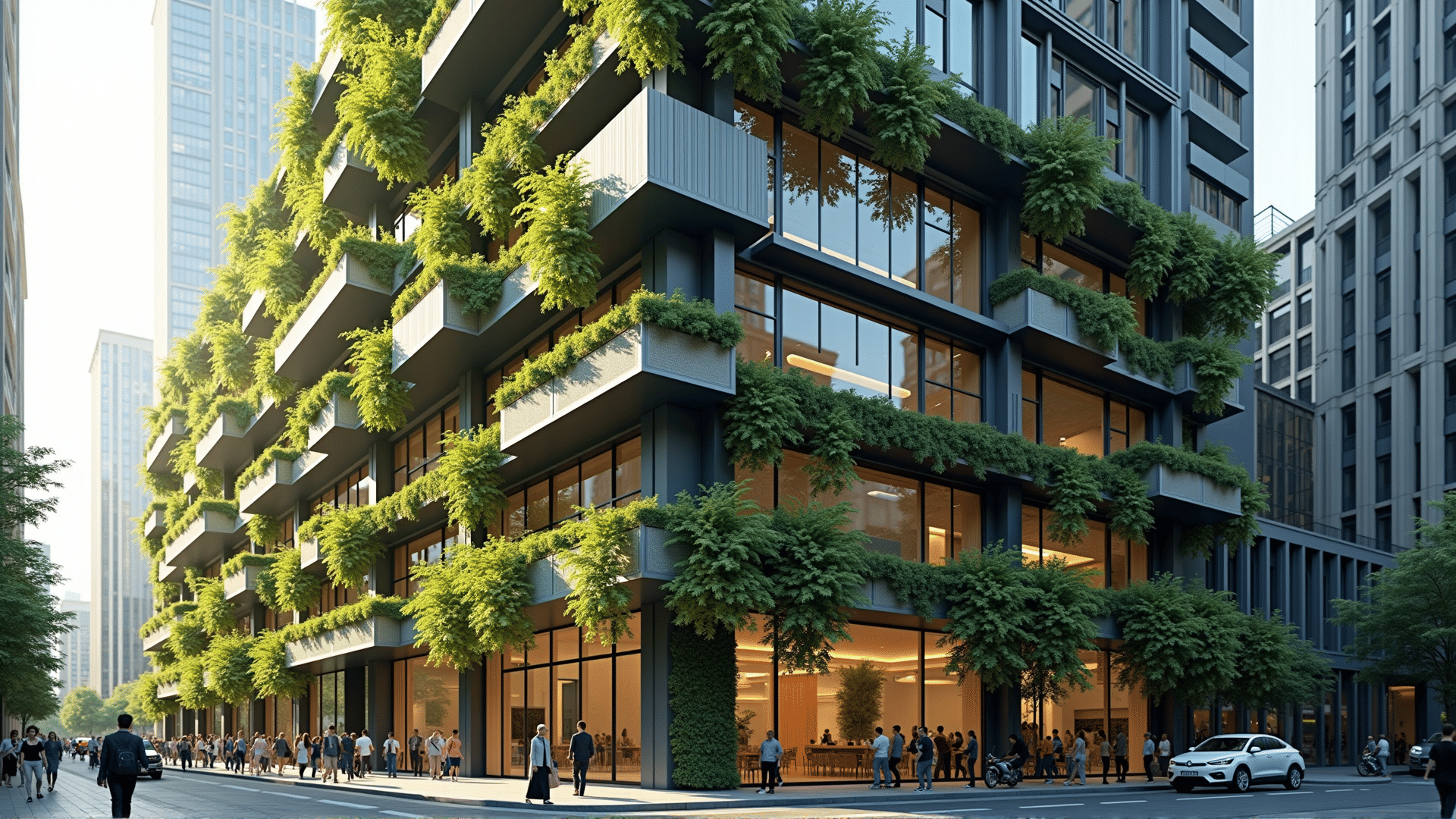As urban areas continue to expand globally, the need for sustainable building practices has never been more critical. Urban development, characterized by its dense population and extensive infrastructure, presents unique environmental challenges. However, through innovative methods and materials, architects and builders are revolutionizing how cities grow, significantly reducing their ecological footprint.
One of the most significant advancements in sustainable urban development is the integration of green building certifications. Certifications such as LEED (Leadership in Energy and Environmental Design) and BREEAM (Building Research Establishment Environmental Assessment Method) set the standards for environmentally conscious construction. These frameworks encourage the use of energy-efficient technologies, water conservation systems, and responsible sourcing of materials.
Innovative materials are at the forefront of sustainable building practices. For instance, the use of cross-laminated timber (CLT) is gaining traction as a viable alternative to conventional steel and concrete. CLT panels are lightweight, high-strength, and offer excellent thermal insulation properties. Moreover, timber is a renewable resource, providing a sustainable option that also sequesters carbon, effectively offsetting emissions.
Urban developers are increasingly utilizing recycled materials in construction projects. Recycled steel and concrete not only reduce the demand for virgin materials but also decrease the waste burden. Furthermore, the development of new construction materials, such as biodegradable insulation and recycled plastic composites, is paving the way for urban landscapes that tread lightly on the planet.
Energy efficiency remains a central pillar of sustainable urban development. Modern buildings are increasingly incorporating passive design strategies that maximize natural light and ventilation, reducing the reliance on artificial lighting and air conditioning. Advanced building technologies, like smart thermostats and energy-efficient appliances, ensure that urban buildings consume minimal energy.
In addition to material and energy considerations, water management is a crucial aspect of sustainability in urban development. This involves installing low-flow fixtures, rainwater harvesting systems, and green roofs, which help manage stormwater and reduce runoff. Green roofs, covered with vegetation, not only mitigate the urban heat island effect but also improve air quality and provide green spaces in densely populated areas.
Moreover, the integration of renewable energy sources, such as solar panels and wind turbines, is becoming increasingly common in urban projects. These renewable technologies supplement traditional energy resources, reducing overall carbon emissions. Urban planners are designing cities that support microgrids, allowing communities to generate and share energy locally, thus enhancing energy independence and resilience.
Sustainable urban development also emphasizes the importance of building communities that encourage sustainable living. Mixed-use developments, where residential, commercial, and recreational facilities coexist, promote walkability and reduce the need for transportation. This approach not only minimizes emissions related to commuting but also fosters vibrant communities that thrive socially and economically.
Finally, technology plays an indispensable role in furthering sustainable urban development. Building Information Modeling (BIM) and digital twins are transforming how buildings are designed and managed. These technologies allow for precise planning and real-time monitoring of building performance, optimizing resource use and reducing waste throughout the building's life cycle.
In conclusion, the landscape of urban development is rapidly evolving towards sustainability. By adopting innovative materials, efficient energy solutions, and eco-friendly designs, urban developers are creating cities that not only meet the demands of growing populations but do so with a keen respect for the environment. As these practices become mainstream, the vision of greener, more sustainable urban environments becomes increasingly attainable, promising a healthier planet for future generations.
